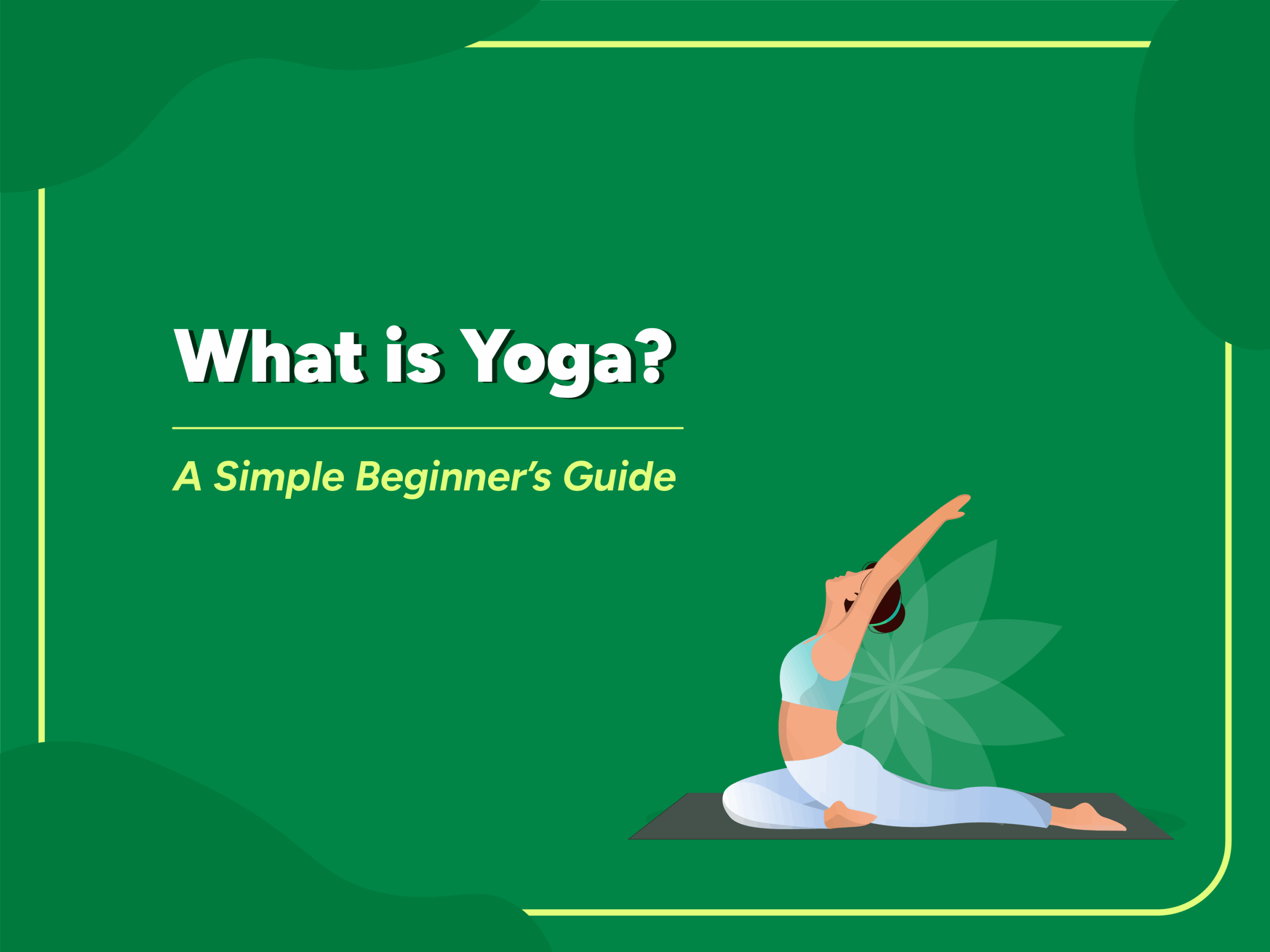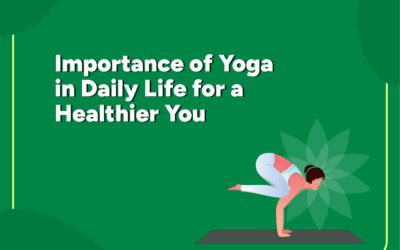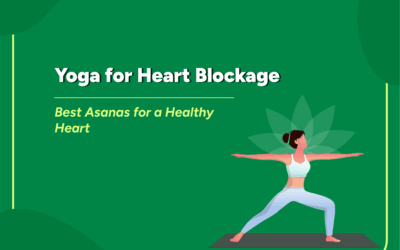Envision a scenario in which you are able to hit pause on all the noise going on in your head, calm your body while doing a slight stretch, and feel calmer at the same time. That’s what yoga is about. It’s not simply about fancy poses or being extremely flexible. Yoga integrates gentle movements, breathing, and mindfulness to make you feel balanced and grounded.
If you found yourself asking what is yoga, get ready because you are in the right spot. This guide will take you through the basics in a very structured way—no pressure, just good vibes.
Let us deconstruct what yoga entails and how you can begin without being confused.
What is Yoga? Defining Yoga and Its Core Purpose
So let’s get to the point. What is yoga, exactly? Way back in the past, the term yoga was taken from a Sanskrit word, “yuj,” which means “to unite”. The entire idea of yogism is behind the term itself. The intention of performing is to get your body, mind, and spirit into sync. These three components of our body should be in a position that they are balanced and calm.
Yogism isn’t all about reaching your toes or doing trendy poses on Instagram. It’s a complete way of living and philosophy that dates back thousands of years. It involves physical postures, yes, but also breathing exercises, meditation, and a lifestyle that makes you healthier and happier.
The concept of yoga education is all about learning to tap into yourself and enhance your well-being overall. When individuals discuss yoga for healthy living, they are referring to a practice which can enhance anything from your flexibility to your mental state. Pretty cool, huh?
Yoga Fundamentals: Principles of Yogic Life
Yogism is not just what you do on the mat, but it is actually how you live your life off the mat! In order to learn that there are yoga fundamentals that help guide this way of living. Let’s have a look at those fundamentals:
- Yama: These are your social guidelines, such as being kind (ahimsa) and truthful (satya).
- Niyama: These are inner habits such as cleanliness, contentment, and self-regulation.
- Asanas: The physical postures that likely come to mind first when you hear the word “yoga.
- Pranayama: Breathing techniques that relax or energise you.
- Meditation and Mindfulness: Practices to assist you in concentrating and finding inner calm.
All of these principles come together to create an equilibrium of life that facilitates yogism for health and wellness. So, it’s not simply reaching for your toes—it’s about making harmony in your entire life.
Introduction to Yoga and Yogic Practices: Getting Started
If you’re new to yogism, don’t worry! There are plenty of ways to start without feeling lost.
Hatha Yoga: Perfect for beginners. It’s slow-moving, and emphasis is placed on foundational poses and breathing.
Vinyasa Yoga: More active, flowing from pose to pose with your breath.
Yin Yoga: Extremely relaxed, with slow-held stretches to improve flexibility and calmness.
Meditation & Breathing (Pranayama): A few minutes a day can profoundly affect your mood and concentration.
The advantages of yoga asanas aren’t only for the body—individuals can notice reduced stress, improved sleep, and even enhanced immune health when practised on a regular basis.
Common Misconceptions About Yoga
Yoga can be intimidating due to all the myths surrounding it. Let’s debunk a few:
- You need to be flexible – Nope! Yogism is what makes you flexible after a while.
- Yoga is a religion – It’s not. It’s a practice that anyone can practice regardless of belief.
- Yoga is just for women – Absolutely not! Anyone and everyone can practice yoga.
- You require fancy equipment or a gym membership – You need only a mat and some room to move.
- You must do perfect poses – No way! Yogism is more about how you feel, not how you look.
You’ll find that once you release all of these myths, yoga is much more friendly and enjoyable to attempt.
Recommended Visual guide: Check out this Instagram reel that shows strength isn’t just about how much you lift, but how well you move.
What Beginners Need to Know About Yogism
Ready to try yoga? Here are some friendly tips to get you going:
- Take it slow. Start with beginner classes or easy online videos.
- Listen to your body. Don’t push through pain—modify poses when needed.
- Be consistent. Even 10 minutes a day helps more than a long session once in a while.
- Focus on your breath. It’s the secret sauce that connects all yoga practices.
- Set a simple goal. Maybe it’s stress relief, better sleep, or just trying something new.
- Find a good teacher. Whether online or in person, someone who guides you can make a big difference.
- Be patient. Yogism is a journey, not a race.
There are many types of yogas and its benefits, so feel free to explore until you find the style that fits your vibe.
Wrapping It Up
Let’s be real! Yogism isn’t just about striking poses or getting a workout in. It’s a whole vibe. It’s a way to reconnect with yourself, shake off the stress, and feel better in your own skin—physically, mentally, and emotionally.
Whether you’re chasing better sleep, fewer aches, or just five minutes of peace in a chaotic day, yoga’s got your back (and your hamstrings). The beauty of it? You don’t need to be flexible, spiritual, or zen to begin. Just show up with a little curiosity and an open mind.
No fancy gear. No pressure. Just you, your breath, and a fresh start.
So… what do you think? Time to roll out that mat and meet yourself on it?
Frequently Asked Questions
Yoga is the art of movement and breathing cultivated with mindfulness, also referred to as a mind-body practice. It increases overall well-being, lowers stress levels, and enhances flexibility.
2. What are the different types of yoga asanas and their benefits?
Standing poses, seated poses, balancing poses, twisting poses, and backbend poses are some asanas of yogism. They promote emotional equilibrium, as well as enhance strength and flexibility.
3. How do beginners start with yoga for a healthy life?
Gradually start with simple and foundational poses like Hatha and Vinyasa yoga. Pay attention to the rhythm of breathing, consistency is more important than advanced poses, and enjoy the process.





0 Comments